Modos de vida transnacionales, prácticas organizativas y remesas sociales en el centro de Perú
DOI:
https://doi.org/10.22380/2539472X.1061Palabras clave:
migración, análisis del actor, genealogía, remesas, PerúResumen
Este artículo examina cuestiones relacionadas con la migración y los modos de vida translocales en Perú. La migración constituye un proceso continuo, a través del espacio y el tiempo, de adaptación entre las redes familiares y comunitarias, y requiere de una exhaustiva comprensión del carácter de la translocalidad, tal como la experimentan los actores involucrados en el proceso. Con base en un trabajo etnográfico diacrónico y genealógico, se emplea un análisis centrado en el actor para comprender las relaciones y prácticas culturales que intervienen en la articulación de los migrantes con quienes se quedan en el lugar de origen.
Descargas
Referencias bibliográficas
Altamirano, T. 1984a. “Regional commitment among migrants in Lima”. En N. Long y B. Roberts. Miners, peasants and entrepreneurs. Cambridge University Press. Cambridge.
––. 1984b. Presencia andina en Lima metropolitana: un estudio sobre migrantes y clubes de provincianos. Pontificia Universidad Católica del Perú. Lima.
––. 2003. “From country to city: Internal migration”. ReVista: Harvard Review of Latin America. Cityscapes. Latin America and Beyond. Edición especial: invierno.
Altamirano, T. y L. Hirabayashi (eds.). 1997. Migrants, regional identities and Latin American cities. American Anthropological Association. Society for Latin American Anthropology.
Arce, A. y N. Long (eds.). 2000. Anthropology, development and modernities: Exploring discourses, counter-tendencies and violence. Routledge. Londres y Nueva York.
Berg, U. D. 2001. “‘Locating Matahuasi’: The politics of place and mobility in Andean Peru”. Tesis de maestría. Instituto de Antropología. Universidad de Copenhagen.
Brynes, D. M. 2003. Driving the State: Families and public policy in Central Mexico. Cornell University Press. Ithaca y Londres.
Dandler, J.1987. “Diversificación, procesos de trabajo y movilidad espacial en los valles y serranías de Cochabamba”. En La participación indígena en los mercados sur-andinos. CERES. Cochabamba.
Dandler, J. y Carmen Medeiros. 1988. “Temporary migration from Cochabamba, Bolivia to Argentina: Patterns and impact in sending areas”. En P. Pessar (ed.). When borders don’t divide: Labor migration and refugee movements in the Americas. Center for Migration Studies. Nueva York. DOI: https://doi.org/10.1111/j.2050-411X.1988.tb00555.x
De Vries, P. y J. M. Gilvinio. 2001. “Debating property: Property relations and the cultural construction of community in Usibamba, Central Andes”. En Land and sustainable livelihood in Latin America. Royal Tropical Institute, KIT Publishers, Iberoamericana/Vervuert Verlag. Amsterdam y Frankfurt.
De Vasconcelos, P. 2005. “Improving the development impact of remittances”. Artículo presentado en la reunión de expertos de las Naciones Unidas sobre migración internacional y desarrollo. Nueva York, del 6 al 8 de julio.
Den Ouden, J. H. B. 1989. “A three generation perspective: Its importance for ethnographic research in development studies. Case studies from Cameroon and Benin”. Artículo presentado en la 88 reunión anual de la American Anthropological Association.
Doughty, P. L. 1997. “Life goes on: Revisiting Lima’s migrant associations”. En T. Altamirano y L. Hi (eds.). Migrants, regional identities and Latin American cities. American Anthropological Association, Society for Latin American Anthropology Publication Series.
Gabayet, L. 1983. “Regional development, industry and workforce: The case of Guadalajara and its region”. Tesis de doctorado. University of Durham.
Gilbert, A. 1998. The Latin American City. Edición corregida. Latin American Bureau. Londres.
Goldring, L. 2004. “Family and collective remittances to Mexico. A multidimensional typology”. Development and Change. 35 (4). DOI: https://doi.org/10.1111/j.0012-155X.2004.00380.x
Hirschman, A. 1977. “A generalized linkage approach to development”. En F. Hoselitz (ed.). Essays on economic development and cultural change in honor of Bert. Economic Development and Cultural Change, 25. University of Chicago Press. Chicago.
Hüsken, F. 1991. “Power, property and parentage in a Central Javanese village”. En F. Hüsken y J. Kemp. Cognition and social organization in Southeast Asia. KITLV Press. Leiden.
Isbell, B. J. 1978. To defend ourselves: Ecology and ritual in an Andean village. Waveland Press, Inc. Long Grove, Ill.
Levitt, P. 1996. Social remittances: A conceptual tool for understanding migration and development. Harvard University Press. Cambridge.
Levitt, P. y Glick Schiller, N. 2004. “Transnational perspectives on migration: Conceptualizing simultaneity”. International Migration Review.
Long, N. 1986. “The social reproduction of petty commodity enterprise in Central Peru”. En N. Long, J-D van der Ploeg, C. Curtin y L. Box. The commoditization debate: Labor process, strategy, and social network. Agricultural University. Wageningen.
––. 2001. Development sociology: Actor perspectives. Routledge. Londres y Nueva York.
Long, N. y Long, A. (eds.). 1992. Battlefields of knowledge: The interlocking of theory and practice in social research and development. Routledge. Londres y Nueva York.
Long, N. y Roberts, B. (eds.). 1978. Peasant cooperation and capitalist expansion in Central Peru. Institute of Latin American Studies, University of Texas Press. Austin.
––. 1984. Miners, peasants and entrepreneurs: Regional development in the central highlands of Peru. Cambridge University Press. Cambridge.
––. 2005. “Changing rural scenarios and research agendas in Latin America in the new Century”. En F. Buttel y P. McMichael (eds.). New directions in rural sociology and global development. Elsevier Press. Amsterdam.
Long, N. y Villarreal, M. 1998. “Small product, big issues: Value contestations and cultural identities in cross-border commodity networks”. Development and Change. 29 (4). DOI: https://doi.org/10.1111/1467-7660.00097
Lozano Ascencio, F. 2005. “Hogares receptores de remesas en México: límites y posibilidades para el desarrollo local y regional”. Artículo presentado en la Conferencia internacional sobre perspectivas mexicanas y estadounidenses, el estudio de la migración internacional. 27 a 29 de enero de 2005, Taxco, Guerrero.
Mayer, E. 2002. The articulated peasant: Household economies in the Andes. Westview Press. Boulder.
Palerm, J-V. 1999. “The expansion of California agriculture and the rise of peasant-worker communities”. En Immigration. A civil rights issue for the Americas. Scholarly Resources. Wilmington, Delaware.
––. 2000. “Farmworkers putting down roots in Central Valley communities”. California Agriculture. Enero-febrero.
Paerregaard, K. 1997. Linking separate worlds: Urban migrants and rural lives in Peru. Berg. Oxford y Nueva York.
Portes, A. y Roberts, B. 2005. “Free market city: Latin American urbanization in the years of neoliberal adjustment”. En Studies in comparative international development. DOI: https://doi.org/10.1007/BF02686288
Rodríguez Doig, E. 1994. Entre el campo y la ciudad: estrategias migratorias frente a la crisis. Centro de Estudios para el Desarrollo y la Participación, Cedep. Lima.
Saignes, T.1995. “Indian migration and social change in seventeenth-century Charcas”. En B. Larson y O. Harris (eds.). Ethnicity, markets, and migration in the Andes. Duke University Press. Durham y Londres. DOI: https://doi.org/10.1215/9780822379867-006
Skar, H. O. 1988. The Warm Valley People: Duality and land reform among the Quechua Indians of highland Peru. Göteborgs Etnografiska Museum. Göteborg.
Smith, G. 1984. “Confederations of households: Extended domestic enterprises in city and country”. En N. Long y B. Roberts. Miners, peasants and entrepreneurs: Regional development in the central highlands of Peru. Cambridge University Press. Cambridge.
Sorensen, N. N., N. van Hear y P. Engberg-Pedersen. 2002. The migrationdevelopment nexus: Evidence and policy options. IOM (International Organization for Migration). Migration Research Series. 8.
Sorensen, N. N. 2004. Migrant transfers as a development tool. DIIS (Dansk Institut For Internationale Studier). Copenhagen.
––. 2005. Migrant remittances, development and gender. DIIS (Dansk Institut For Internationale Studier). Copenhagen
Tamagno, C. 2002. “‘You must win their affection...’ Migrants’ social and cultural practices”. En Work and migration: Life and livelihoods in a globalizing world. Routledge. Londres y Nueva York.
––. 2003. “‘Entre acá y allá’: vidas transnacionales y desarrollo. Peruanos entre Italia y Perú”. Tesis de doctorado. Universidad de Wageningen.
Ypeij, A. 2000. Producing against poverty: Female and male microentrepreneurs in Lima, Peru. Amsterdam University Press. Amsterdam. DOI: https://doi.org/10.5117/9789053563779
Wikan, Unni. 1990. Managing turbulent hearts. A Balinese formula for living. University of Chicago Press. Chicago.




















